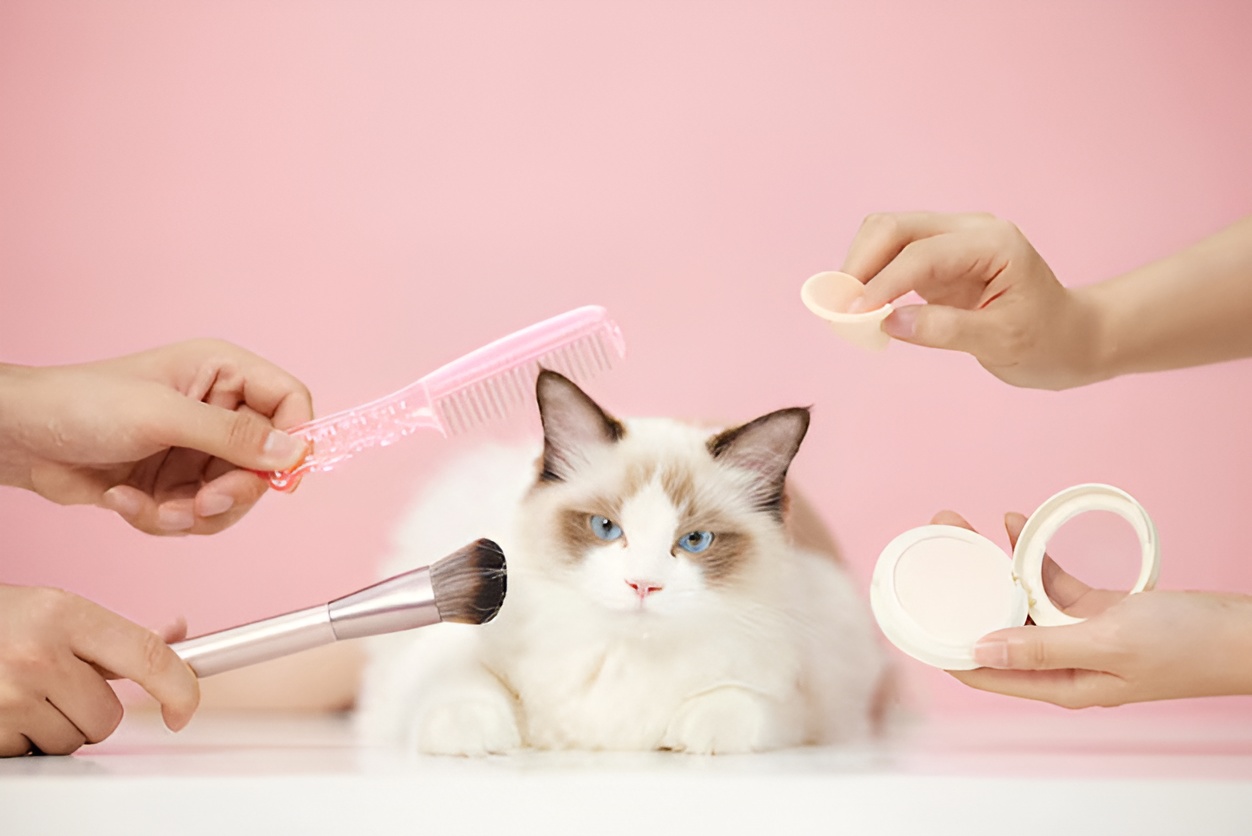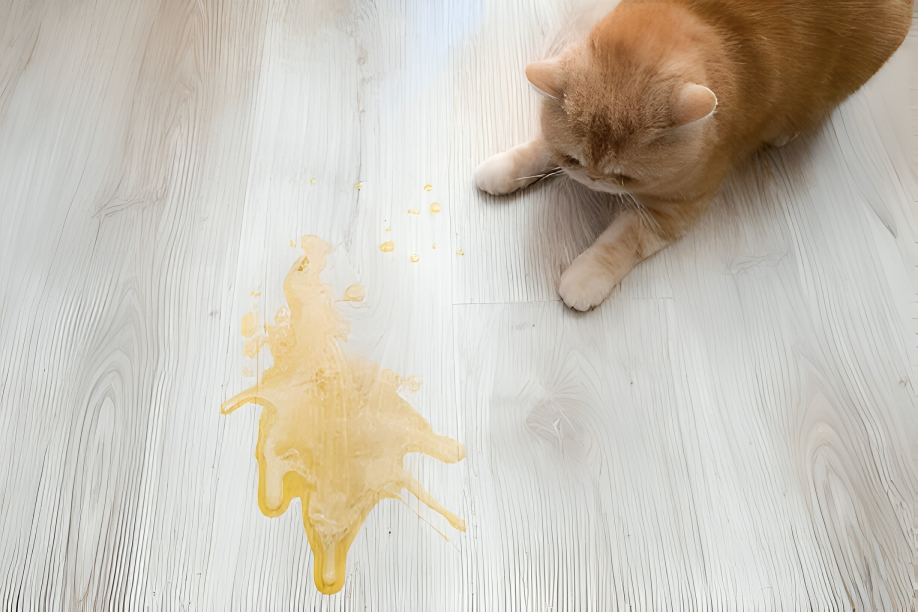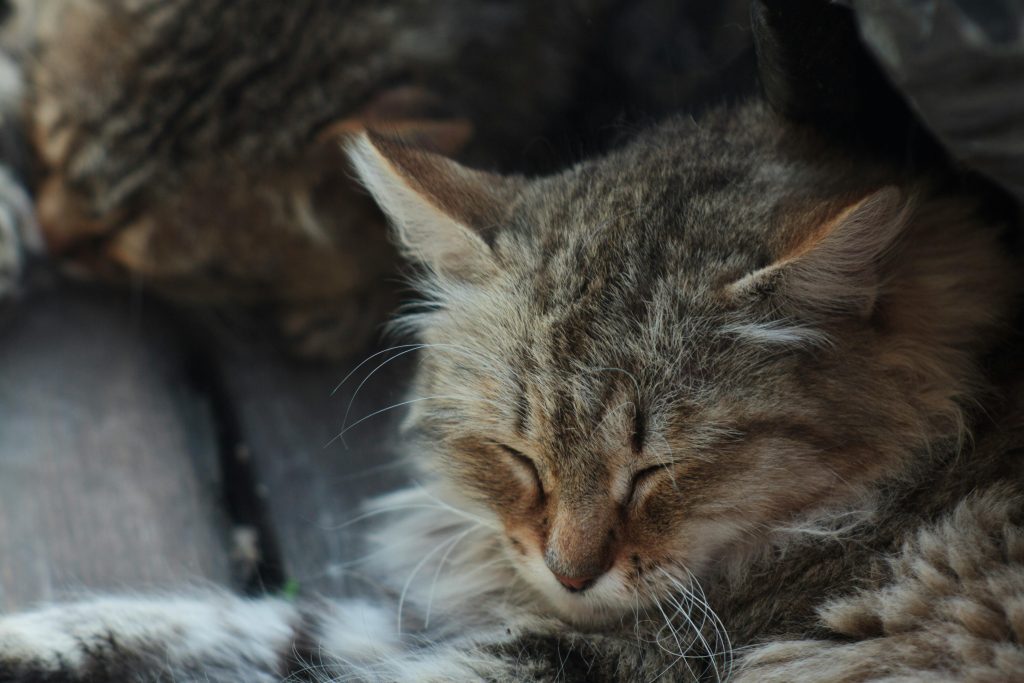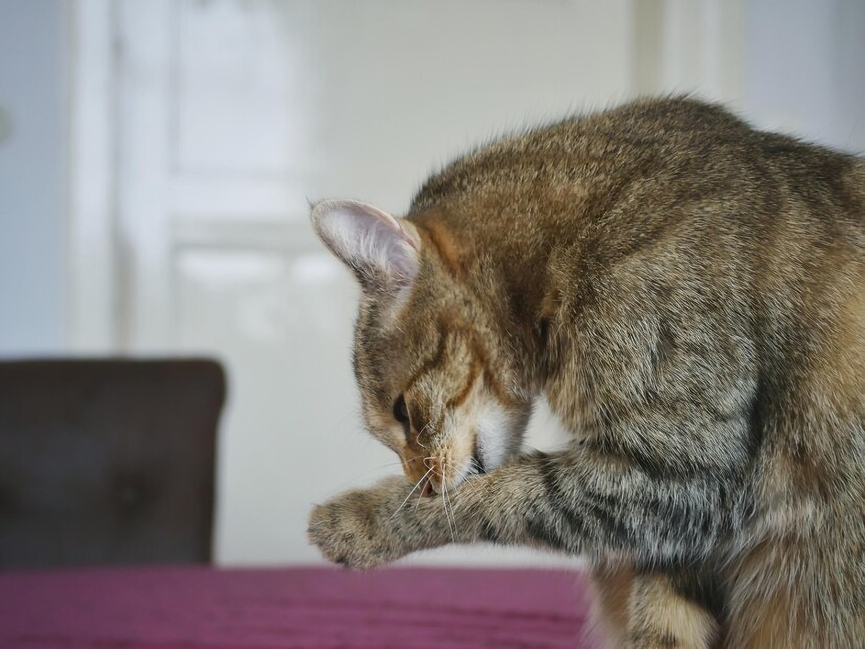Think brushing your Ragdoll cat is just about keeping them pretty? Think again. With their semi-long, silky coats, Ragdolls may look low-maintenance, but behind those fluffy cheeks can hide mats, trapped dander, and seasonal shedding that sneaks up on you.
Brushing isn’t just about appearances—it keeps their skin healthy, spreads natural oils, and helps cut down on fur tumbleweeds and sniffles at home. Even better? It builds trust. A few calm minutes after play can turn into a quiet bonding ritual that your cat starts to expect.
Yes, even mellow Ragdolls need brushing—about 2–4 times per week. It’s not just for looks; it’s for comfort, hygiene, and catching small issues before they become big ones.
How Often Should You Brush a Ragdoll Cat?
Most adult Ragdolls do well with brushing around three times a week, but during heavy shedding seasons—like spring and fall—daily grooming helps stay ahead of loose fur and tangles.
For kittens, start with gentle daily sessions to build trust and get them used to the routine early on.
If your Ragdoll has a silky, low-shed coat, 2–3 times a week may be enough. But for those with dense, cotton-like fur, near-daily care is key to keeping mats away.
There’s no one-size-fits-all rule—watch your cat’s coat and adjust with the seasons.
Pressed for time? A Mon-Wed-Fri rhythm can still make a big difference. It’s not about doing it perfectly—it’s about keeping up a steady routine your cat can count on
Recommended Post
How to Brush Your Ragdoll Cat Like a Pro
Brushing your Ragdoll doesn’t have to be a battle—it can become a calming ritual for both of you when done right. Here’s how to make it smooth and stress-free:
Prep your tools:
You’ll need a wide-tooth comb, slicker brush, grooming glove, and a soft finishing brush. A few extras—like treats, a cozy towel, detangling spray, or nail clippers—can make things even easier.
Pick the right time & place:
After play or a meal works best. Choose a quiet, well-lit, familiar spot—just steer clear of anything that feels like the vet or carrier.
Brush in this gentle order:
- Start with the head and neck using the grooming glove—keep strokes short and soft.
- Move to the back and sides with the slicker brush, following the direction of the fur.
- For the belly and armpits, go slow. Support their body and use the wide-tooth comb.
- Finish with the tail—light strokes from base to tip. Never tug.
Keep an eye on their mood: ears back, tail flicking, or a frozen posture? Pause and reset. Always end with praise and a treat—even if you didn’t get through it all.
How to Brush a Cat That Hates It
If your Ragdoll bolts at the sight of a brush or lashes out during grooming, don’t give up—it’s not defiance, it’s discomfort. The first step isn’t brushing—it’s rebuilding trust.
Start by getting them used to your hands—slow, brush-like strokes on safe spots like the shoulders or back. Once they seem relaxed, bring out the brush while offering a Churu treat.
Try a soft grooming glove next—just one gentle stroke while they’re busy with a Lickimat. Keep sessions short—under 30 seconds.
Celebrate calm moments—even one stroke is a win. Take it slow, building comfort week by week. The goal isn’t a perfect coat—it’s trust, ease, and a cat that says “yes.”
You Might Also Like
What Can Go Wrong If You Don’t Brush Your Ragdoll?
Skipping brushing might seem minor, but for a Ragdoll, it quietly leads to discomfort. Mats often start unnoticed: under the arms, behind the ears, or near the tail. They tug at the skin, causing pain, sores, or even infections.
Their silky coat also traps loose fur and dander, contributing to hairballs, skin irritation, and sometimes even fleas or feline acne. And self-grooming? It only goes so far—Ragdolls simply can’t reach every trouble spot.
Left unchecked, this buildup can lead to stress, mood changes, expensive vet visits, or the need for light sedation just to de-mat the coat.
Brushing is part of basic care, not just a cosmetic step. A few minutes now can save your cat a lot of discomfort later.
Final Thoughts
Brushing your Ragdoll cat isn’t about getting it perfect—it’s about simply showing up. What begins as a few quiet strokes can turn into a moment your cat looks forward to.
Whether it’s after dinner or during a lazy afternoon on the couch, it’s the rhythm that matters, not the fur you collect.
Some days will be smooth, others may test your patience. That’s okay. Some nights, it’s the only time we sit still together.
So start simple:
- Create a cozy routine.
- Let brushing be an invitation, not a demand.
- Celebrate the calm moments.
You’re not just grooming—you’re building trust, one stroke at a time. Got a brushing trick that saved your sanity? Share it in the comments and help a fellow Ragdoll parent.
You Might Also Like
Founder of Cats Question, a veterinarian (DVM), and lifelong cat enthusiast with hands-on experience in feline care. Passionate about helping cat owners through expert-backed, compassionate advice inspired by years of living and learning alongside cats.






